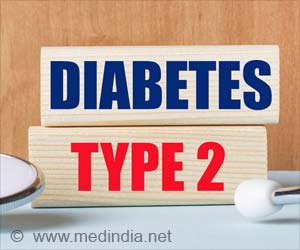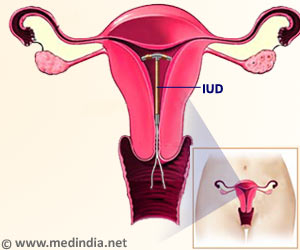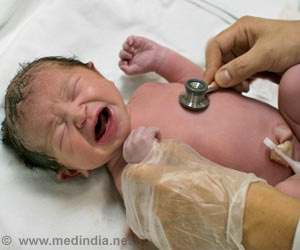Tall and slender women are more susceptible to nontuberculous mycobacteria (NTM) - cousin of the organism that causes tuberculosis.

"Nontuberculous mycobacteria are widespread in the environment, yet only some people develop infections. These findings help us identify who is at greater risk for the disease, and may point to more effective therapies down the road," said Edward Chan, MD, senior author and professor of medicine at National Jewish Health.
There are dozens of NTM species. Although the organisms can infect skin and other body parts, they most commonly infect the lungs. Lung infections are very difficult to treat, often requiring surgery and years of therapy with powerful intravenous antibiotics. NTM infections can be fatal. Evidence suggests that infections have been rising in recent decades.
NTM species are widespread in water and soil, yet only about five to six people per 100,000 develop NTM infections each year; the incidence is higher in individuals older than 50.
Researchers at National Jewish Health, which sees more NTM infections than any other medical center in the world, tried to figure out why only some exposed patients develop these difficult infections.
Elderly women represent the vast majority of NTM patients, accounting for 85 percent of the patients seen at National Jewish Health during the study, and averaging about 64 years of age. The researchers chose to compare the NTM patients with control subjects at an osteoporosis clinic because these individuals were similar age, race, and gender as the NTM patients.
Advertisement
"Tall, thin women definitely appear to be more susceptible to NTM infections," said Dr. Chan.
While these standard relationships held for the control subjects, they broke down for NTM patients with levels of these fat-derived hormones varying only minimally with body fat in NTM patients.
"In addition to body type, NTM patients also appeared to have some dysregulation of their immune response, which could increase their susceptibility to NTM infections," said co-author Michael Iseman, MD, professor of medicine at National Jewish Health.
The results were published in the current issue of The American Journal of Respiratory and Critical Care.
Source-ANI










